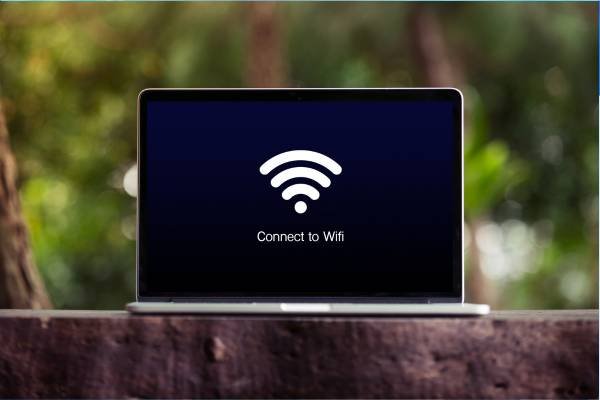
In today’s digital age, securing your Wi-Fi network is crucial for safeguarding sensitive data and maintaining privacy. With cyber threats on the rise, it’s essential to take proactive steps to protect your network. This comprehensive guide will walk you through the necessary steps to secure your Wi-Fi network effectively.
Step 1: Change Default Router Settings
To begin, access your router’s settings through a web browser using the default IP address provided by the manufacturer. Then, change the default administrator username and password to unique, strong credentials to prevent unauthorized access.
Step 2: Enable WPA2 or WPA3 Encryption
Ensure your Wi-Fi network is encrypted with WPA2 or the newer WPA3 encryption protocol. These standards encrypt data transmitted between devices and the router, effectively preventing unauthorized access.
Step 3: Create a Strong Wi-Fi Password
Generate a strong, unique password for your Wi-Fi network. Use a combination of uppercase and lowercase letters, numbers, and special characters to enhance security.
Step 4: Enable Network Encryption
Protect your data by enabling encryption protocols such as HTTPS for web browsing and SSL/TLS for email and online services.
Step 5: Hide Your Wi-Fi Network SSID
Disable broadcasting your Wi-Fi network’s SSID to prevent it from appearing in the list of available networks. This adds an extra layer of security.
Step 6: Set Up a Guest Network
Create a separate guest network for visitors to use instead of sharing your main Wi-Fi network password. This prevents guests from accessing your private network.
Step 7: Enable MAC Address Filtering
Restrict access to your network by enabling MAC address filtering on your router. Only specified devices will be allowed to connect.
Step 8: Regularly Update Router Firmware
Keep your router’s firmware up to date by installing updates provided by the manufacturer. Updates often include security patches that address vulnerabilities.
Step 9: Monitor Network Activity
Regularly monitor your network activity for unusual behavior, such as unauthorized devices or high data usage. Utilize network monitoring tools and enable router logs to track activity.
Step 10: Use a Virtual Private Network (VPN)
Consider using a VPN to encrypt your internet connection and protect your data from interception. A VPN ensures privacy and security while browsing the web.
By following these steps, you can effectively secure your Wi-Fi network and protect your sensitive data from cyber threats. Take proactive measures to strengthen your network’s security and enjoy peace of mind knowing your Wi-Fi network is safe and secure.




